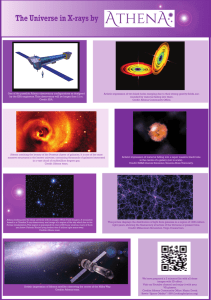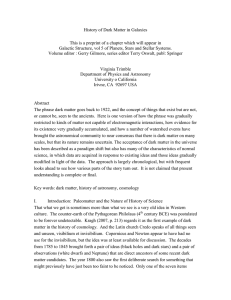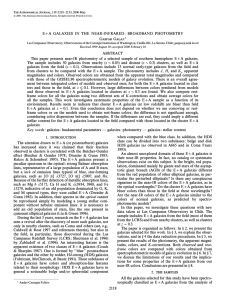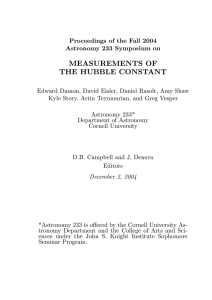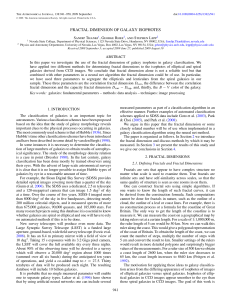ABSTRACT
Anuncio
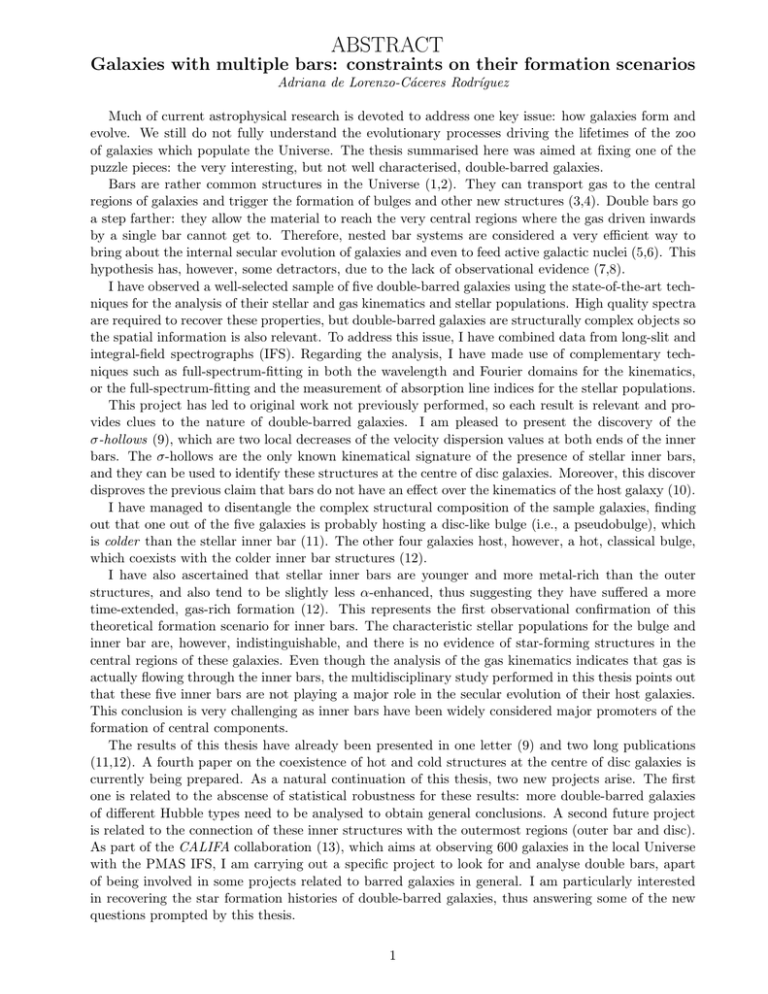
ABSTRACT Galaxies with multiple bars: constraints on their formation scenarios Adriana de Lorenzo-Cáceres Rodrı́guez Much of current astrophysical research is devoted to address one key issue: how galaxies form and evolve. We still do not fully understand the evolutionary processes driving the lifetimes of the zoo of galaxies which populate the Universe. The thesis summarised here was aimed at fixing one of the puzzle pieces: the very interesting, but not well characterised, double-barred galaxies. Bars are rather common structures in the Universe (1,2). They can transport gas to the central regions of galaxies and trigger the formation of bulges and other new structures (3,4). Double bars go a step farther: they allow the material to reach the very central regions where the gas driven inwards by a single bar cannot get to. Therefore, nested bar systems are considered a very efficient way to bring about the internal secular evolution of galaxies and even to feed active galactic nuclei (5,6). This hypothesis has, however, some detractors, due to the lack of observational evidence (7,8). I have observed a well-selected sample of five double-barred galaxies using the state-of-the-art techniques for the analysis of their stellar and gas kinematics and stellar populations. High quality spectra are required to recover these properties, but double-barred galaxies are structurally complex objects so the spatial information is also relevant. To address this issue, I have combined data from long-slit and integral-field spectrographs (IFS). Regarding the analysis, I have made use of complementary techniques such as full-spectrum-fitting in both the wavelength and Fourier domains for the kinematics, or the full-spectrum-fitting and the measurement of absorption line indices for the stellar populations. This project has led to original work not previously performed, so each result is relevant and provides clues to the nature of double-barred galaxies. I am pleased to present the discovery of the σ-hollows (9), which are two local decreases of the velocity dispersion values at both ends of the inner bars. The σ-hollows are the only known kinematical signature of the presence of stellar inner bars, and they can be used to identify these structures at the centre of disc galaxies. Moreover, this discover disproves the previous claim that bars do not have an effect over the kinematics of the host galaxy (10). I have managed to disentangle the complex structural composition of the sample galaxies, finding out that one out of the five galaxies is probably hosting a disc-like bulge (i.e., a pseudobulge), which is colder than the stellar inner bar (11). The other four galaxies host, however, a hot, classical bulge, which coexists with the colder inner bar structures (12). I have also ascertained that stellar inner bars are younger and more metal-rich than the outer structures, and also tend to be slightly less α-enhanced, thus suggesting they have suffered a more time-extended, gas-rich formation (12). This represents the first observational confirmation of this theoretical formation scenario for inner bars. The characteristic stellar populations for the bulge and inner bar are, however, indistinguishable, and there is no evidence of star-forming structures in the central regions of these galaxies. Even though the analysis of the gas kinematics indicates that gas is actually flowing through the inner bars, the multidisciplinary study performed in this thesis points out that these five inner bars are not playing a major role in the secular evolution of their host galaxies. This conclusion is very challenging as inner bars have been widely considered major promoters of the formation of central components. The results of this thesis have already been presented in one letter (9) and two long publications (11,12). A fourth paper on the coexistence of hot and cold structures at the centre of disc galaxies is currently being prepared. As a natural continuation of this thesis, two new projects arise. The first one is related to the abscense of statistical robustness for these results: more double-barred galaxies of different Hubble types need to be analysed to obtain general conclusions. A second future project is related to the connection of these inner structures with the outermost regions (outer bar and disc). As part of the CALIFA collaboration (13), which aims at observing 600 galaxies in the local Universe with the PMAS IFS, I am carrying out a specific project to look for and analyse double bars, apart of being involved in some projects related to barred galaxies in general. I am particularly interested in recovering the star formation histories of double-barred galaxies, thus answering some of the new questions prompted by this thesis. 1 REFERENCES 1. Aguerri J.A.L., Méndez-Abreu J., Corsini E.M., 2009, A&A, 495, 491 2. Jogee S., Barazza F.D., Rix H.W., Shlosman I., Barden M., et al. 2004, ApJ, 615, L105 3. Muñoz-Tuñón C., Caon N., Aguerri J.A.L., 2004, AJ, 127, 58 4. Sheth K., Vogel S.N., Regan M.W., Thornley M.D., Teuben P.J., 2005, ApJ, 632, 217 5. Shlosman I., Frank J., Begelman M.C., 1989, Nature, 338, 45 6. Shlosman I., Begelman M.C., Frank J., 1990, Nature, 345, 679 7. Ho L.C., Filippenko A.V., Sargent W.L.W., 1997, ApJ, 487, 591 8. Márquez I., Durret F., Masegosa J., Moles M., González Delgado R.M., et al. 2000, A&A, 360, 431 9. de Lorenzo-Cáceres A., Falcón-Barroso J., Vazdekis A., Martı́nez-Valpuesta I., 2008, ApJ, 684, L83 10. Moiseev A.V., Valdés J.R., Chavushyan V.H., 2004, A&A, 421, 433 11. de Lorenzo-Cáceres A., Vazdekis A., Aguerri J.A.L., Corsini E.M., Debattista V.P., 2012, MNRAS, 420, 1092 12. de Lorenzo-Cáceres, 2013 13. Sánchez S.F., Kennicutt, R.C., Gil de Paz, A., van de Ven, G., Vlchez, J.M., et al. 2012, A&A, 538, 8 2
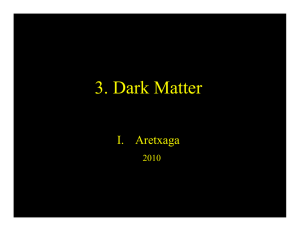

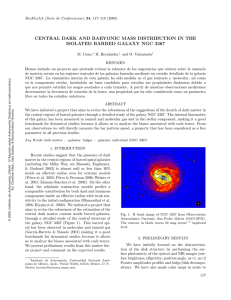
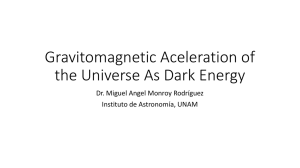
![−10 0 10 20 Dec[arcsec] −10 0 10 20 Dec[arcsec] 1993R 2014cy](http://s2.studylib.es/store/data/006588599_1-c53d6943a09ad7d4952a441ade3bcf51-300x300.png)
